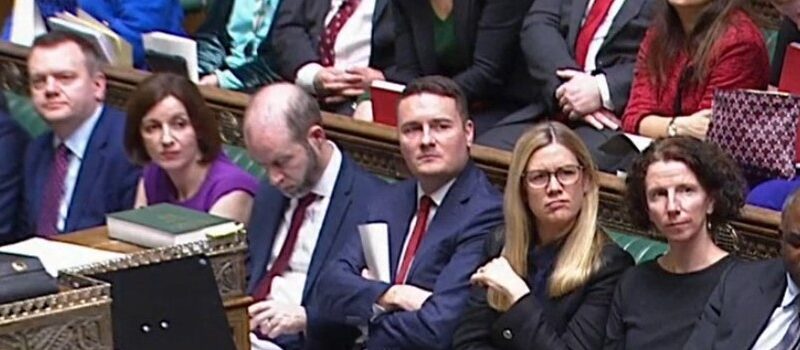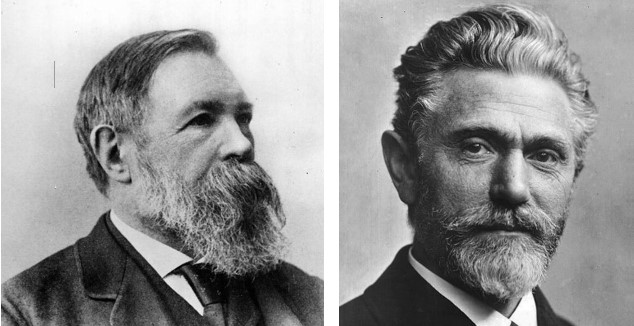Tue 8 Sep 2020, 08:48 AM | Posted by editor
LETTER from Mark Langabeer, Newton Abbot Labour Party member
An interesting documentary on the BBC recently gave an account of the period between the First and Second World Wars, beginning with the general election won by the Liberals in 1918, on a promise of ‘homes fit for heroes’.
Although the right to vote had been extended to the all mean and to women over 30, the turnout was only 43%, because many soldiers were still unable to register because they hadn’t been demobbed. The homes for heroes failed to materialize and the general election of 1922 saw some seismic political changes. The programme focussed on the election in Dundee, recording the social conditions among the city’s poorest. Pictures of destitute women with broken noses and facial scars were commonplace. Many in despair turned to alcohol as a means of escape. Yet Dundee was represented by Winston Churchill, then a Liberal. A contributor described Churchill as ‘popular’, but only until the 1922 election, when he was defeated on a turnout of 83%, by an independent socialist. Willie Gallagher, General Secretary of the Communist Party, received 5000 votes. In that election, Churchill had referred to the so-called Red Clyde-siders as ‘reptiles’ and he ran a racist campaign against the Labour candidate. In that election, Labour won 29 of the 71 seats in Scotland.
Withdrew free milk
Most of those 29 Labour MPs were involved in the industrial struggles of 1919 and were soon to clash with Labour leader, Ramsey Macdonald, who craved respectability and opposed MPs like Maxton, jailed for refusing the call up in the Great War, and Wheatley, a former miner, who described the Tories as ‘murderers’, after they withdrew free milk for poor children. These MPs were suspended from the Commons because of their ‘ungentlemanly’ conduct.
A snap election in 1924 resulted in a minority Labour Government, but it was unable to carry through its programme and a further election was called, resulting in a victory for the Tories. This election was influenced by a forged letter allegedly from the Bolshevik leader Zinoviev, which suggested a closer connection between Labour and the Bolsheviks. This ‘red scare’ tactic appeared to work in both Scotland and England.
Massive unemployment in Scotland
The programme showed how Scotland was divided by class. A typical Tory MP of that time, Gilmore, the first Scottish Secretary of state with a Cabinet post. He was a landowner, a former Army Officer and staunchly unionist, when around 12% of the Scottish population were Irish Catholics. A protestant minister, John White had led a campaign to limit Irish immigration, claiming that Irish Catholics were ‘inferior’. By the end of the 20s, unemployment had risen to over 100,000 in Scotland and sectarian divisions began to emerge, openly sponsored by Scottish Tories.
The interwar years saw the decline of the Liberal Party and the rise of Labour, but in Scotland it also saw the beginnings of the Scottish Nationalist Party. The Scottish economy had been geared to the industry of the 19th century and its decline was evident even as early as the 1920s. Although this programme was about Scotland, it pretty much reflected events elsewhere in the UK and the political fall-out for that de-industrialisation is still echoing around.
They may have had their shortcomings, but we miss the likes of Wheatley, Maxton and the Red-Clydesiders in the Labour Party in Scotland (and elsewhere in the UK) today.


